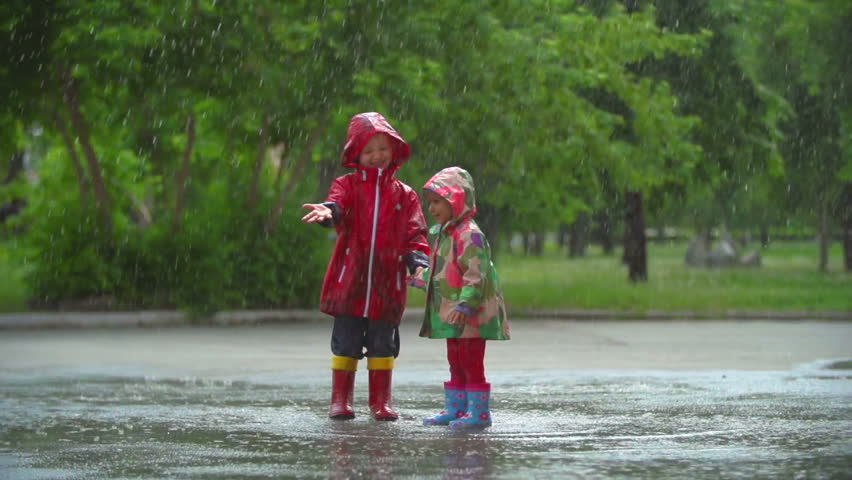Leading kids through the woods requires more than a map and compass. You also need enthusiasm and creativity to keep things fun for young hikers, whether they’re preschoolers who tire easily or older children who claim they’re bored.
Try these strategies to keep kids interested when out on the trail.
Active Play
Walk This Way: Make walking itself a game by walking like different animals or characters. “We did the monster walk for a while,” says Chandreyee Lahiri, a GIS specialist for the Massachusetts Department of Conservation and Recreation who recently led her 7-year-old son and some friends on a 7-mile walk against hunger. “Then one parent said, ‘Now we’re all walking like zombies.’” Try scuttling like a crab, lumbering like an elephant, or pounding your chest like a gorilla. You can invite each child to act out a different animal, which others can guess, charades-style, or have a group of kids form one large animal together.
Geology in Motion: To set up this game, first teach the kids that a convergent fault is when two tectonic plates collide and can create large mountain ranges like the Himalayas, and that divergent faults are when two tectonic plates move apart and can create volcanic islands. Then, every time you call out “convergent fault,” the kids have to run together in groups of two. When you call out “divergent fault,” they must run apart. “It gets them moving,” says Leah Titcomb, Coos County (New Hampshire) education coordinator for the Appalachian Mountain Club (AMC). “It helps them learn while breaking up the hike.” Another example? When she teaches kids about water cycles, she calls “runoff” and the kids have to run to the lowest point they can see within a 10-foot radius.
Camouflage: For this version of hide-and-seek, designate an area in the woods for some of the kids to camouflage themselves, then let the others find them. “This helps children think about how animals try to fit into the landscape,” says Nancy Ritger, a longtime naturalist as well as huts and Cardigan program manager for AMC. “They can crouch down low, hide behind a tree, or lie down in leaves.”
Observation Games
Deer Ears: You can draw kids’ attention to their five senses, and the importance of using them in the wild, through this game. Start by asking kids to listen with their “deer ears,” recommends Susan Brown, the youth and family outdoor community coordinator for AMC: Cup your hands around your ears to listen to what’s in front of you, or cup them backward to hear what’s behind you better, imitating the way deer shift their ears to hear. Notice all the sounds that are usually covered by hikers’ chatter. Then look with “owl eyes,” forming binoculars with your hands to imitate owls’ fixed, forward-facing eyes, and turning all around. Using your “snake tongue,” try tasting the air, seeing which way the wind is blowing, and sensing the temperature. Tiptoe on your “fox feet” to approach and observe birds and other animals along the trail. And use your “dog nose” to smell bark and leaves. Brown encourages kids to wet their nostrils with a bit of water from their water bottles, to make them moist like dog noses. She claims it improves your sense of smell, but it’s also just fun.
Meet a Tree: For this game, form pairs (either two children or a child and an adult, depending on the ages in your group) and blindfold one person in each pair. The partner who can see leads the blindfolded person to a tree (within a designated area) and helps him or her get to know that tree. “They can feel around it, smell it, try to learn as much as possible about the tree and its environment,” Brown says. Then the partner leads the blindfolded person back to the trail by a slightly meandering route. Take the blindfolds off and let each person try to find “their” tree.
Camera: Ritger recommends this game, in which you form pairs, and designate one person in each pair the camera, and the other person the photographer. Have the “cameras” close their eyes (or use blindfolds), while the photographers set each up by walking with them, turning them, or asking them to crouch to face a particular view. When the photographer taps the camera on the head, the camera opens his or her eyes for three seconds to take in the view, then closes them and is brought to another location. At the end of a set time, everyone gathers and talk about the “photos” they took. What did the photographers notice and why? Did the cameras observe more keenly when they were given just three seconds to look?
Responsible Roles
Silent Cooperation: Ritger recommends having each member of your group carry one part of lunch. For example, one child can carry bread, another peanut butter, another jelly, and a fourth the knife. When you stop for lunch, challenge the team by announcing that they are responsible for making the group’s sandwiches—without talking. This activity makes nonverbal communication urgent and the payoff is sweet.
Trash Collectors: Bring a bag and ask children to pick up trash while on a local walk. “It gives them something to spot—something to keep their heads and hands busy,” Lahiri says. “Plus it makes the path better for those who follow you.”



















Comments